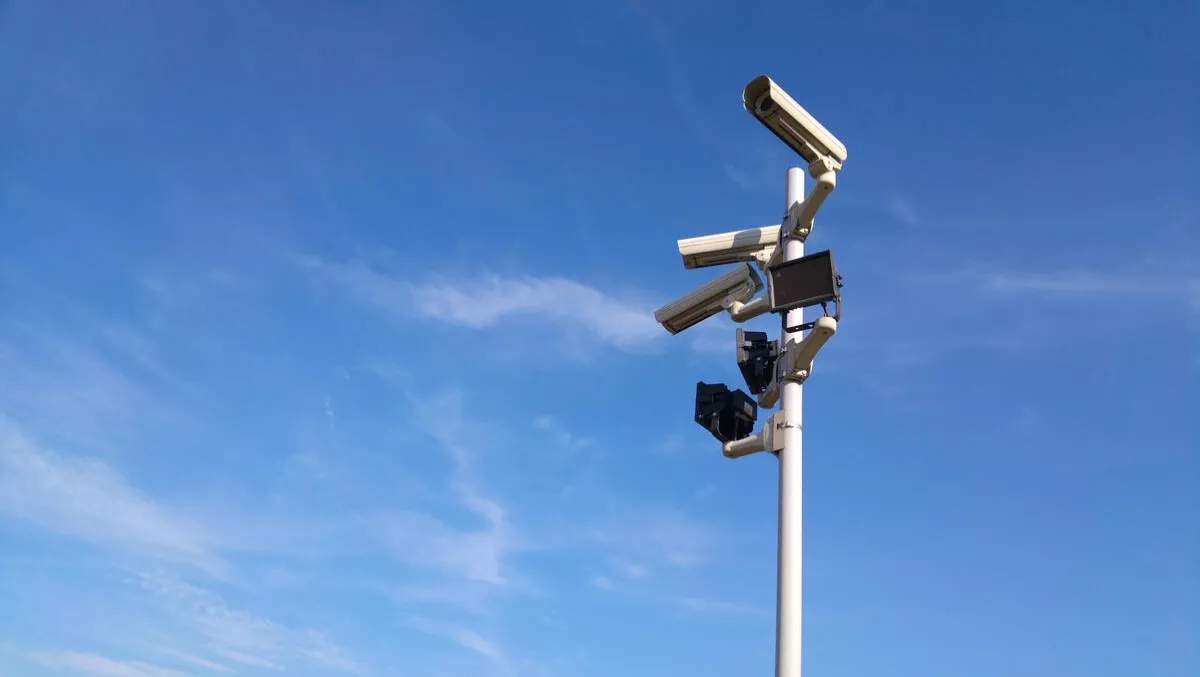
Expert insights: Why visibility and forensics matter in cybersecurity
You can't fight what you can't see, and you can't find the root cause of problems if the data isn't available.
In the fight against Advanced Persistent Threats (ATPs), ranging from ransomware to malware and other destructive attacks, enterprises need a heightened ability to detect, view and investigate using forensics. What's more, they need to quickly respond to advanced hacks and attacks on the most popular operating systems, be it mobile, desktop, cloud, virtual machines — or containers and microservices.
Visibility must reach far and wide. Today the cloud has become a major attack vector. According to Microsoft's latest research, the security intelligence report (SIR), there has been an upsurge of 300% on cloud account attacks from 2016 to 2017.
Considering the widening scope of cyber threats, security operations staff, whether they're part of a CISO organisation or embedded within IT, will benefit from using a comprehensive systems and security operations platform to detect attacks and zero-day exploits, to uncover the full scope of a breach, and to quickly respond to attacks.
The 6-Point Checklist
Do your security teams have these enterprise-wise forensics capabilities?
1. Single source of truth visibility into every asset – laptops, desktops, servers, virtual machines, containers?
2. Continuous, rich data collection and storage from every managed endpoint including systems, user behaviour, network connectivity, application, binary, and process data?
3. Continuous device state and behaviour monitoring; real-time issue, threshold, and threat based alerting and ticketing?
4. Actionable data from threat feeds, whether open source or commercial?
5. Advanced threat detection and hunting capabilities across Windows, Mac, and Linux systems, including client devices, data center, and cloud?
6. Capabilities for deep binary/file analysis and sandboxing of suspicious packages?
What about Forensics?
Forensic analysis in the cybersecurity world is typically performed as part of a scheduled compliance, legal discovery, or law enforcement investigation. Forensics provide a full understanding and thorough remediation of a breach. Deep forensics data accelerates tracking attacker's lateral movements and provides retroactive alerting on all systems that exhibit or have exhibited similar behaviours. And most importantly, forensics can identify the root cause of an issue to help close the gaps and stop future attacks across the entire environment.
The capability to conduct a six-month review of activities that have occurred on an endpoint, such as a desktop, smartphone, server, or virtual machine, is crucial to knowing what has occurred and how an attack has taken shape, and to evaluate the potential for harm to other places or users throughout the IT infrastructure. This is why security systems should store a minimum of half a year's worth, if not more, of robust forensic data storage.
Forensic analysis is a central discipline that can leverage the same tools and related data sets as incident response management, and then go beyond it. A thorough forensic investigation allows the remediation of all threats with the careful analysis of an entire attack chain of events. And that is no laughing matter. For this purpose, forensics research requires strong log analysis and malware analysis capabilities.
While interactions for threat containment are performed with other security and operations team members, forensic analysis typically requires interactions with a much broader set of departments, including operations, legal, HR, and compliance. This is when the attack transcends from a technology problem to a business problem, with repercussions ranging from lawsuits to a loss in reputation among stakeholders, such as investors and customers.
Conclusion
Following the storm of serious global cyber attacks in 2017, it is now widely understood just how damaging not having a well designed approach to security can be for enterprises. Only when IT departments, SecOps teams and the company as a whole take a "systematic" approach to security to incorporate visibility and forensics for prevention, along with the other critical functions of cybersecurity, can the challenge be overcome.

